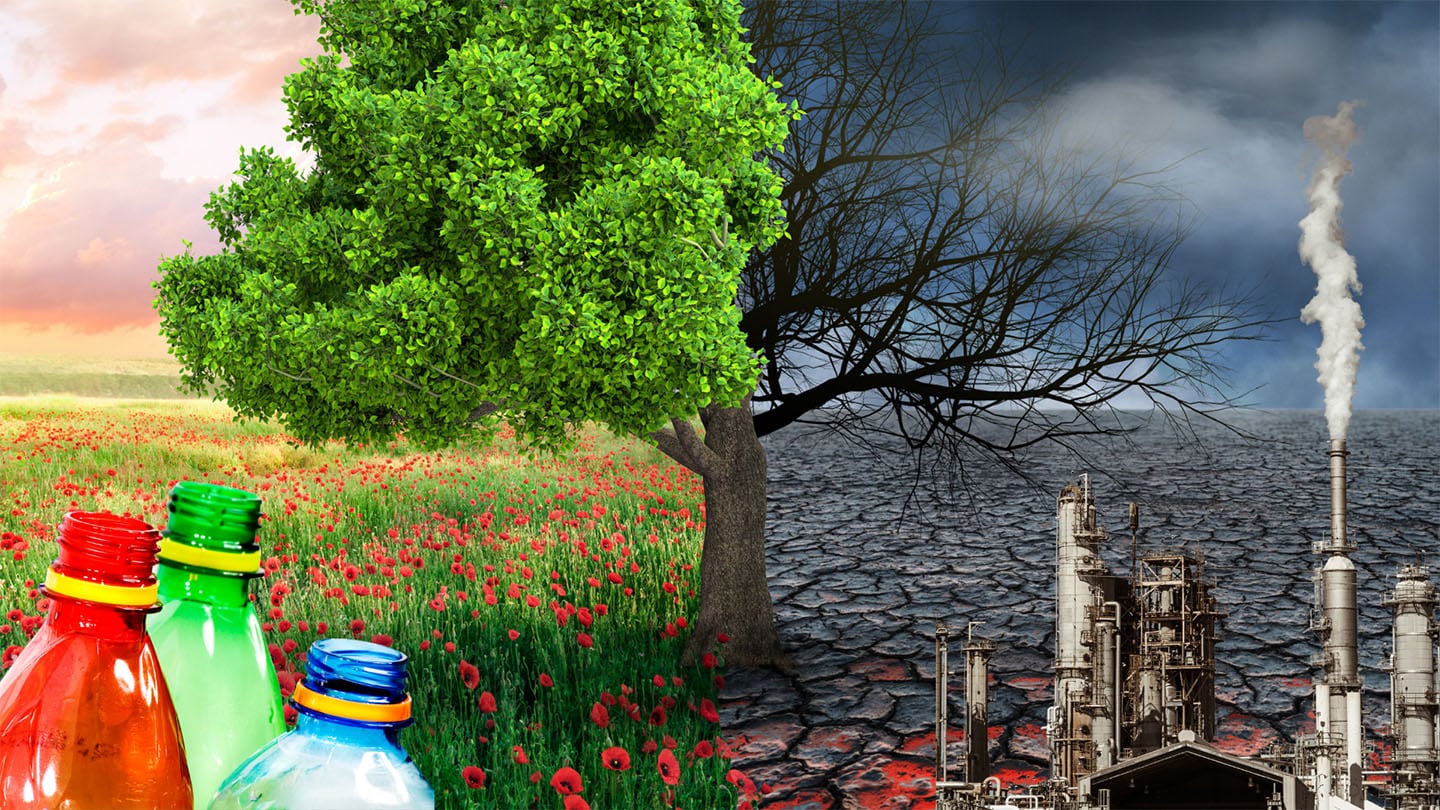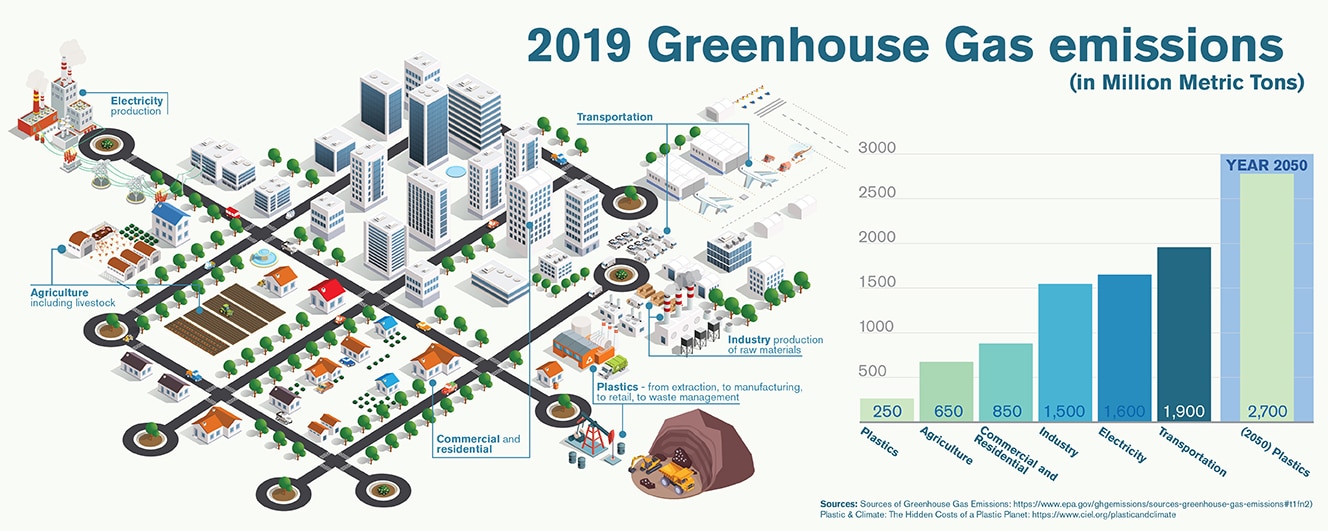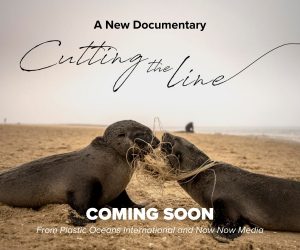Why Do We Find It Necessary to Rank Threats to the Planet Against One Another?
Two concepts that are well familiar to anyone keeping up with environmental issues are climate change and plastic pollution. Up until recently, these two threats to environmental and community health have coexisted peacefully beside one another. That isn’t the case anymore.
Consider a published paper with this line, front and center, as a highlight of the paper itself. “Plastic is not as great a threat to oceans as climate change or overfishing”1.
It seems as if we are now at the point where we find it necessary to rank threats to the planet against one another. Is this the proper path forward to advance science towards a healthier planet? No. In fact, this type of thinking may do more harm than good. Let me explain.
First, I get where some of this might come from. Plastic pollution research is not without controversy. Whether it’s a lack of population level effects2 or overstated toxicity impacts3, the field of plastic pollution research has had its fair share of misinformation, or just a lack of information. Does this invalidate the field of research? Again, no. On the contrary, plastic pollution and climate change are intrinsically linked in many ways.

We should not view plastic production and consumption as unrelated issues. They are very directly related. Image: Plastic Oceans International
Greenhouse gas (GHG) emissions from human activities are considered to be the most substantial driver of climate change since the mid-20th century4. These gasses build up over time and cause climate warming, leading to dangerous effects both on land and in the ocean. These gasses include methane, carbon dioxide, and nitrous oxide, which are more abundant now than any time in the last 800,000 years4. This atmospheric shift leads to cascading effects for ecosystems and communities worldwide. Especially concerning are the effects climate change has on vulnerable communities of people as well as weakened ecosystems. From sea level rise to ocean warming, to decreased agricultural productivity, climate change is capable of global disruption. So, what do climate change and plastic pollution have in common?
To begin, fossil fuel derived plastics begin their lives under the ground. Oil, coal and gas are essentially the building blocks of plastic, which require fracking for extraction. The removal and transport of these materials releases copious amounts of carbon dioxide into the atmosphere. Much of the time, fossil fuel extraction and transport occur in heavily vegetated areas requiring land clearing. Millions of miles of pipeline are installed in the US alone, requiring forests to be clear cut, essentially converting carbon from trees and soils to atmospheric gases5. The processing and manufacturing of plastics alone contributes as much carbon dioxide emissions as what 45 million cars emit during just one year5.
On to waste management. Disposal routes for conventional plastics are lacking. These including recycling (only around 10% of plastics are recycled6), landfilling, or incineration. The largest contributor to climate change of those disposal strategies is waste incineration. Not only does this release copious amounts of carbon dioxide into the atmosphere, but incineration facilities are disproportionately built near low-income communities and communities of color5,.
Landfilling, while consistent with a lower climate impact than incineration, is known to also have deleterious placement near at-risk communities of people. Recycling, in theory, presents one of the most closed-loop waste management strategies, but the high-cost, low commercial value of the process itself makes recycling seldomly profitable. Research suggests only 2% of plastics are recycled into items of the same value whereas 8% are downcycled aka turned into items of lesser value5. The rest? Landfilled, incinerated, or they become pollution. And the contributions to climate change don’t stop there.
Research suggests that plastics such as polyethylene (plastic forks, knives, some bags, etc.) release greenhouse gasses as they break down in the environment7. Plastic pollution even affects the ocean’s ability to sequester carbon dioxide emissions from human activities. Traditionally, our oceans can remove up to 50% of these emissions via species such as plankton. Scientists have since discovered that the presence of small plastics, termed microplastics, inhibit plankton’s ability to remove carbon dioxide from the atmosphere8. Factor in that the world’s plastic production numbers have only increased, and we’ve got an environmental crisis on our hands in the form of plastics heavily contributing to climate change.

Image credit: Shireen Dooling
My question becomes, why? Why rank threats to the planet against one another when they are intrinsically linked together? This bogged my mind for some time. I would think to myself, “does this happen in other fields? Do doctors who study one disease compete with doctors that study another disease?” Thankfully, I have good friends who are medical professionals. I asked them about comparing diseases, afflictions, and conditions against one another. Their response: “Both are inextricably important”.
On behalf of Plastic Oceans International, I, along with Dr. Jennifer Lavers and Dr. Alex Bond, have written a paper highlighting the growing trend of comparing plastic pollution to other harmful, environmental threats, such as climate change or ocean bycatch. Here, we chronicle this issue with presenting evidence relating to how interconnected plastics and climate change are.
Dr. Charlie Rolsky is Director of Science for Plastic Oceans International. He is also the host of Breaking It Down, With Charlie Rolsky – a YouTube series from Plastic Oceans that simplifies the science, while having a bit of fun.
- Stafford, R. & Jones, P. J. S. Viewpoint – Ocean plastic pollution: A convenient but distracting truth? Marine Policy 103, 187–191 (2019).
- Senko, J., Nelms, S., Reavis, J. & Godley, B. J. Understanding individual and population-level effects of plastic pollution on marine megafauna Historical Harvests of Turtles View project MOVEMED: Linking Human Mobility and Marine Megafauna Movement in the Mediterranean Sea for a better integration of Blue Growth View project ENDANGERED SPECIES RESEARCH Endang Species Res. 43, 234–252 (2020).
- Völker, C., Kramm, J., Wagner Völker, M. C., Kramm, J. & Wagner, M. On the Creation of Risk: Framing of Microplastics Risks in Science and Media. Global Challenges 4, 1900010 (2020).
- Climate Change Indicators: Greenhouse Gases | US EPA. https://www.epa.gov/climate-indicators/greenhouse-gases#ref1.
- Plastic & health: The hidden costs of a plastic planet | Health & Environmental Research Online (HERO) | US EPA. https://hero.epa.gov/hero/index.cfm/reference/details/reference_id/7330236.
- Geyer, R., Jambeck, J. R. & Law, K. L. Production, use, and fate of all plastics ever made. Science Advances 3, (2017).
- Royer, S. J., Ferrón, S., Wilson, S. T. & Karl, D. M. Production of methane and ethylene from plastic in the environment. PLOS ONE 13, e0200574 (2018).
- Zhang, C., Chen, X., Wang, J. & Tan, L. Toxic effects of microplastic on marine microalgae Skeletonema costatum: Interactions between microplastic and algae. Environmental Pollution 220, 1282–1288 (2017).


Trackback: สมัครสมาชิก สล็อตทุนน้อย lsm99live